Guidelines for application of dangerous package certificate for export lithium batteries
What is a dangerous package certificate?
What we usually call "dangerous package certificate" is the "Exit and Entry Goods Packaging Performance Inspection Result Sheet" and the "Outbound Dangerous Goods Transport Packaging Usage Appraisal Result Sheet".
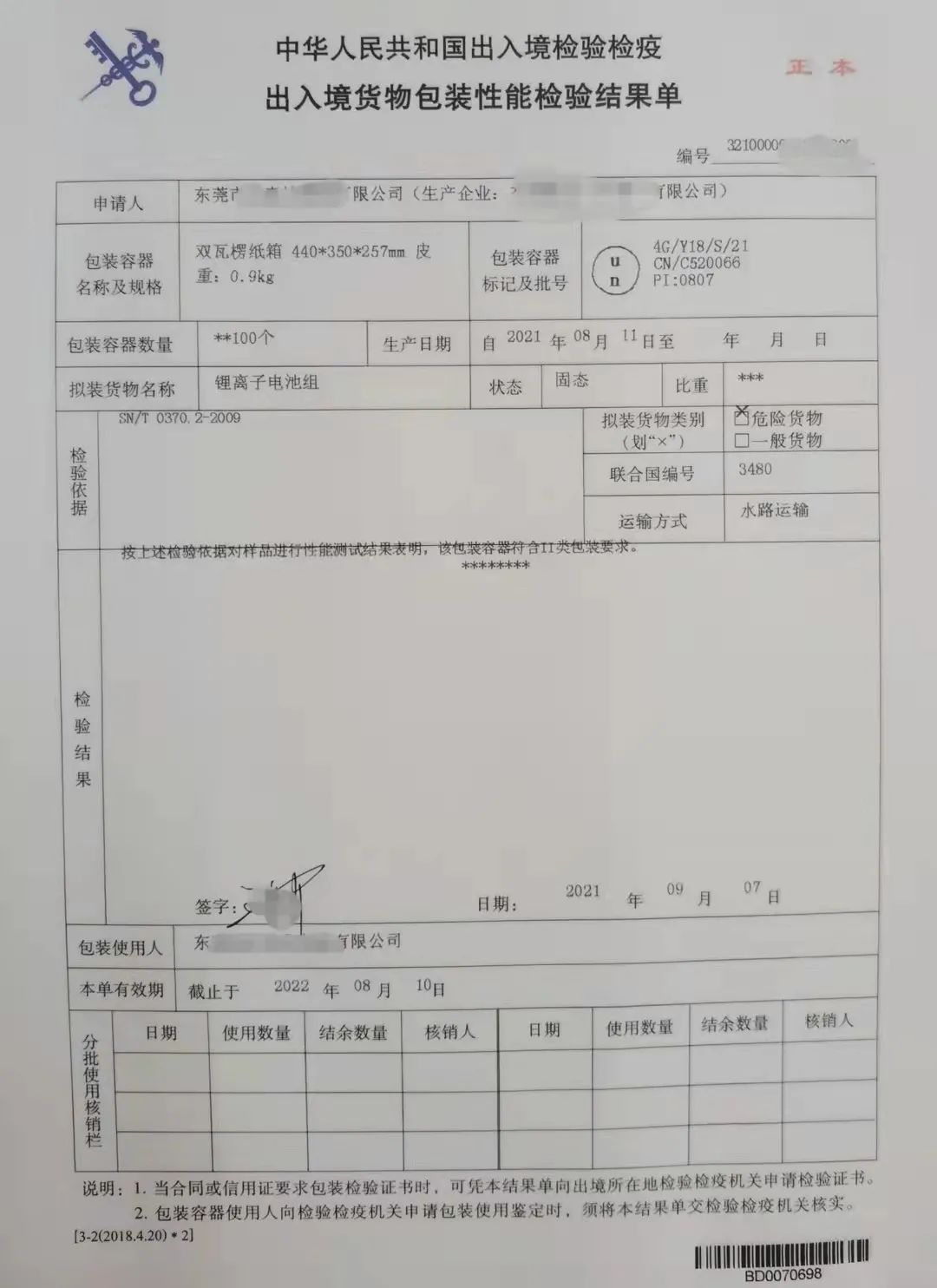
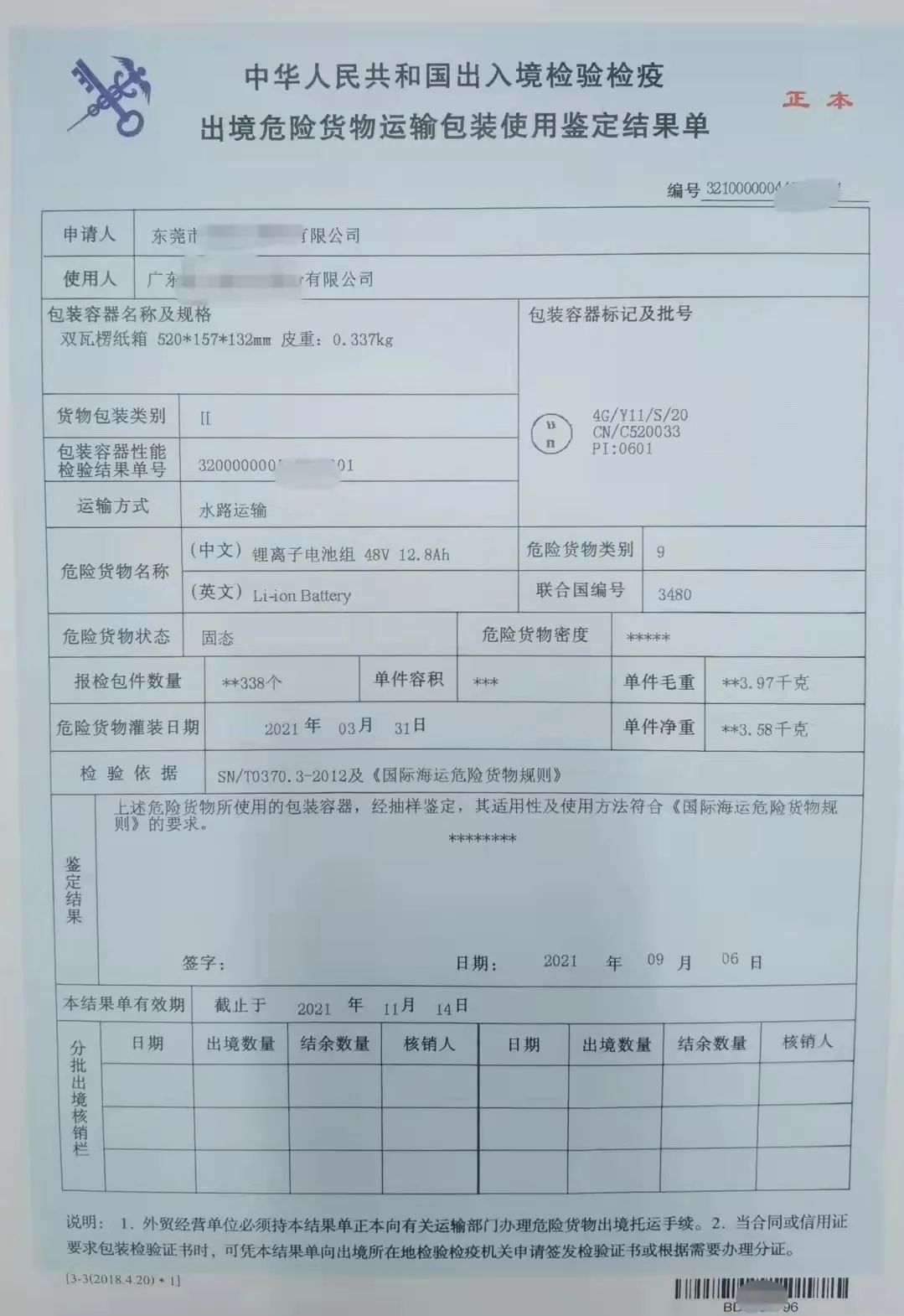
Why apply for a dangerous package certificate?
⊙Article 17 of the "Import and Export Commodity Inspection Law of the People's Republic of China" stipulates that "Enterprises that produce packaging containers for the export of dangerous goods must apply to the commodity inspection agency for performance appraisal of the packaging containers. Enterprises that produce dangerous goods for export must apply to the commodity inspection agency for performance appraisal." Authentication of packaging containers. Dangerous goods using packaging containers that have not passed the appraisal are not allowed to be exported."
⊙According to the requirements of the United Nations "Model Regulations on the Recommendation on the Transport of Dangerous Goods", lithium-ion batteries may be classified as Class 9 dangerous goods (miscellaneous dangerous substances and articles, including environmentally hazardous substances), and should be treated in accordance with the relevant requirements of the United Nations for the transport of dangerous goods. It implements inspection and supervision of export dangerous goods packaging, that is, it implements identification of the use of dangerous goods packaging.


How to apply for a dangerous package certificate?
⊙Inspection of outbound dangerous goods packaging containers includesPerformance inspection and usage identification.
Below we will take lithium-ion battery packs and their common packaging as examples to explain the requirements for dangerous package certificates.
Performance test

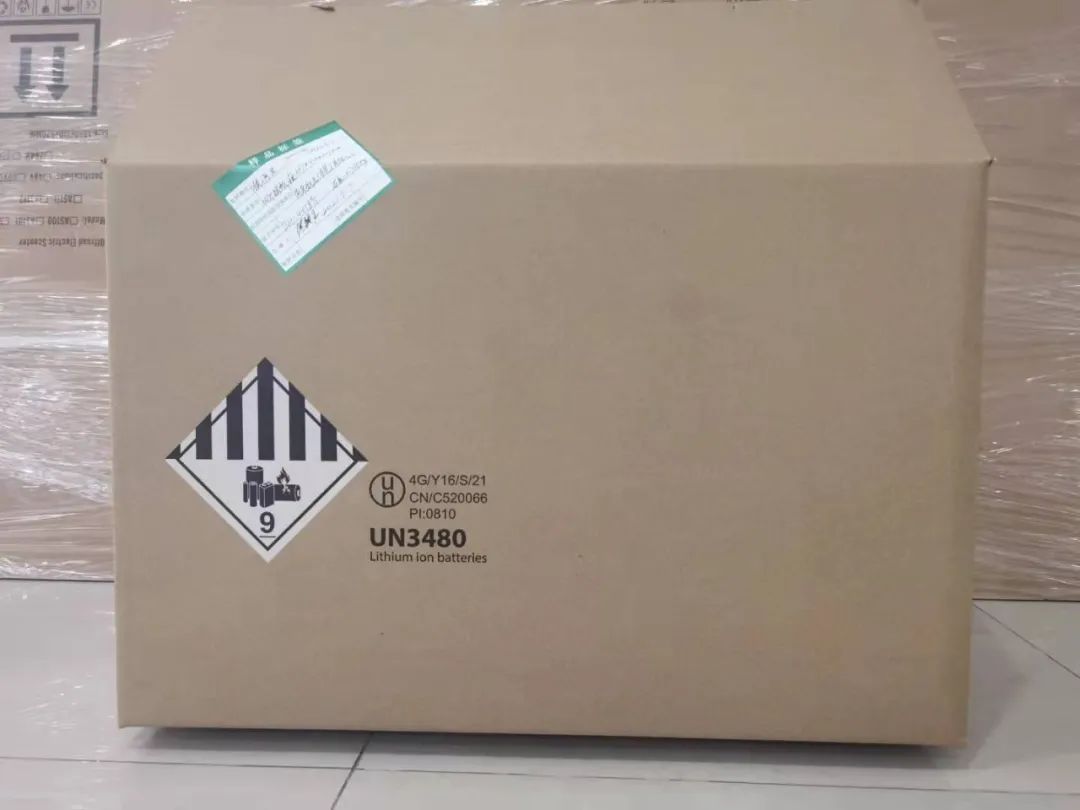
Performance inspection shall be applied for by the export dangerous goods packaging production enterprise (need to obtain the export dangerous goods packaging production enterprise code).
Export dangerous goods packaging production enterprises should apply for performance inspection to the local customs and fill in the "Outbound Goods Transport Packaging Inspection Application Form" in a standardized manner. Because the length of time required for type testing varies for different packaging types, enterprises must apply for the "Entry and Entry Goods Transport Packaging Inspection Application Form". When submitting the packaging performance inspection results sheet, you should apply for inspection in advance and reserve sufficient inspection time.
The documents submitted by enterprises can be simplified in accordance with the "Announcement on the Electronicization of Inspection and Quarantine Documents" (General Administration of Customs Announcement No. 90, 2018) and other relevant regulations.
The performance inspection of outbound dangerous goods packaging containers adopts a combination of periodic inspection and daily spot inspection. If the performance inspection is qualified, within the approved periodic inspection, the enterprise can handle the transportation packaging of dangerous goods with the dangerous goods packaging performance test report and factory inspection certificate. "Entry and Exit Goods Packaging Performance Inspection Result Sheet".
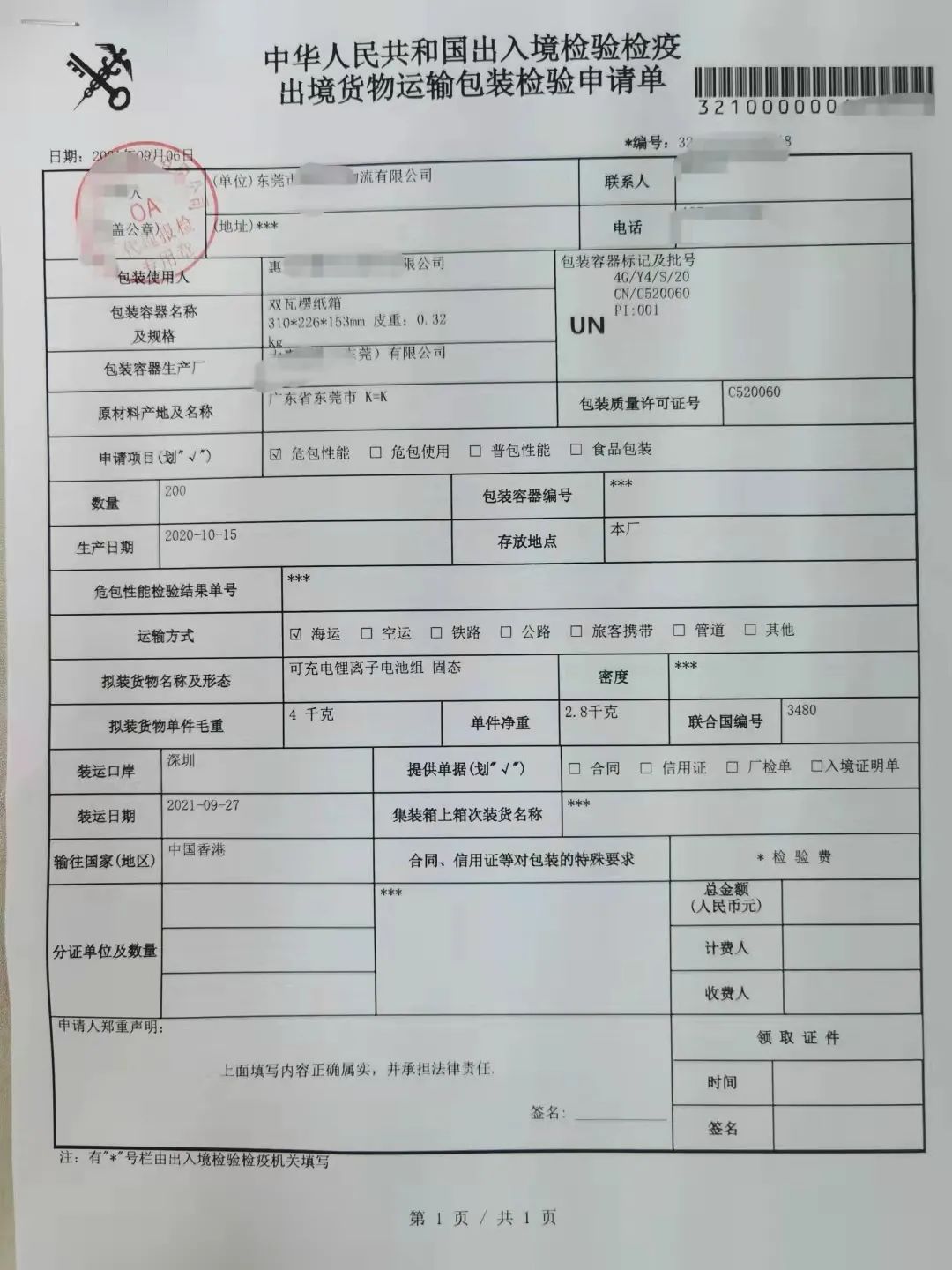
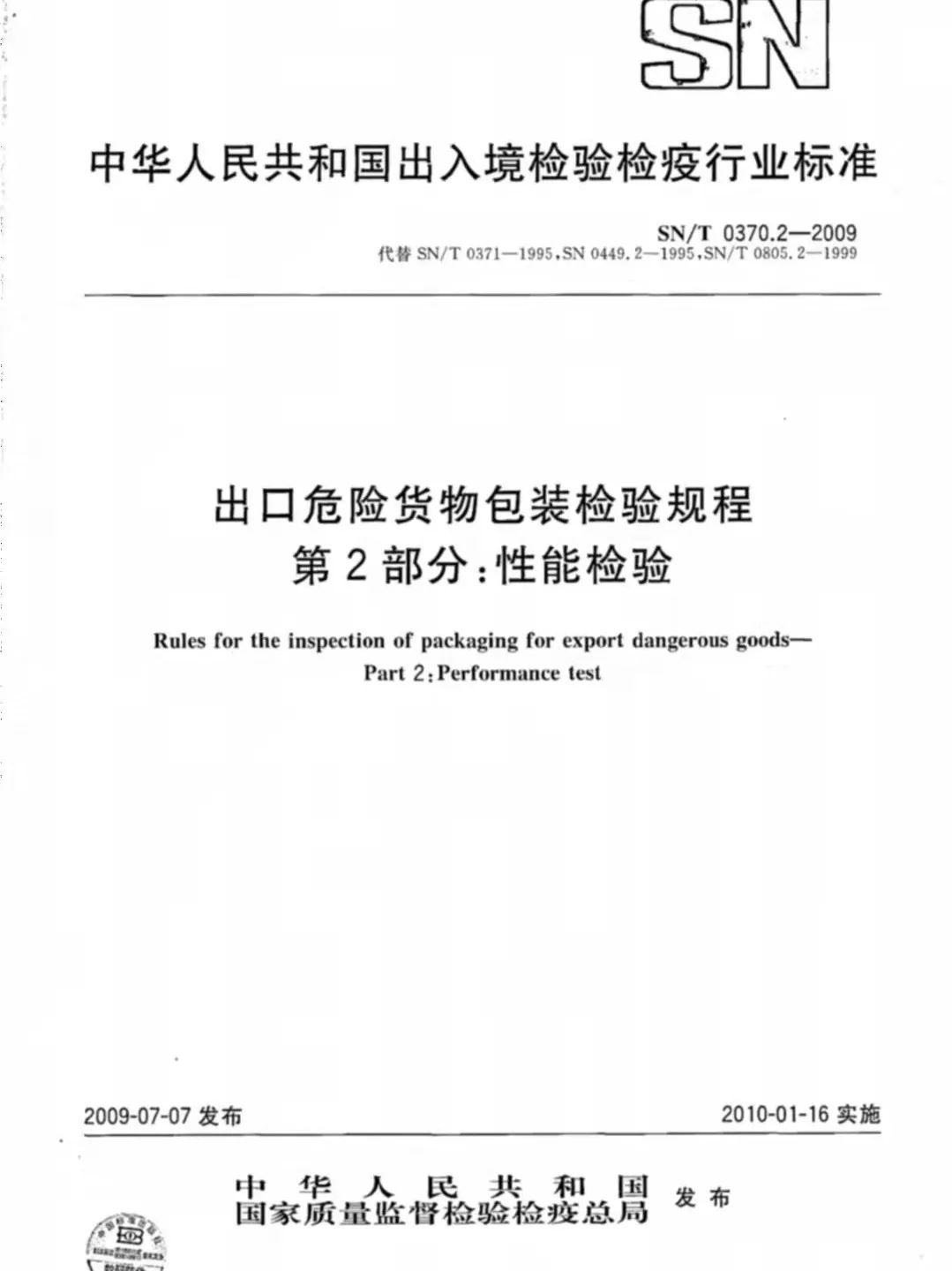
The validity period of the performance inspection result sheet is determined based on the material properties of the packaging container and the nature of the goods contained, and generally does not exceed 12 months from the date of production of the container. If the goods are not shipped for export within the validity period and the outer packaging is in good condition, the enterprise can re-apply for packaging performance inspection. After passing the inspection, it can continue to be used for export. The re-issued "Entry and Entry Goods Packaging Performance Inspection Result Sheet" will be calculated from the date of completion of the inspection. , the validity period shall not exceed 6 months.
Use identification
Application for identification of use shall be made by the unit that uses export dangerous goods packaging or the export unit (i.e. lithium battery manufacturer or exporter).
The documents submitted by enterprises can be simplified in accordance with the "Announcement on the Electronicization of Inspection and Quarantine Documents" (General Administration of Customs Announcement No. 90, 2018) and other relevant regulations.
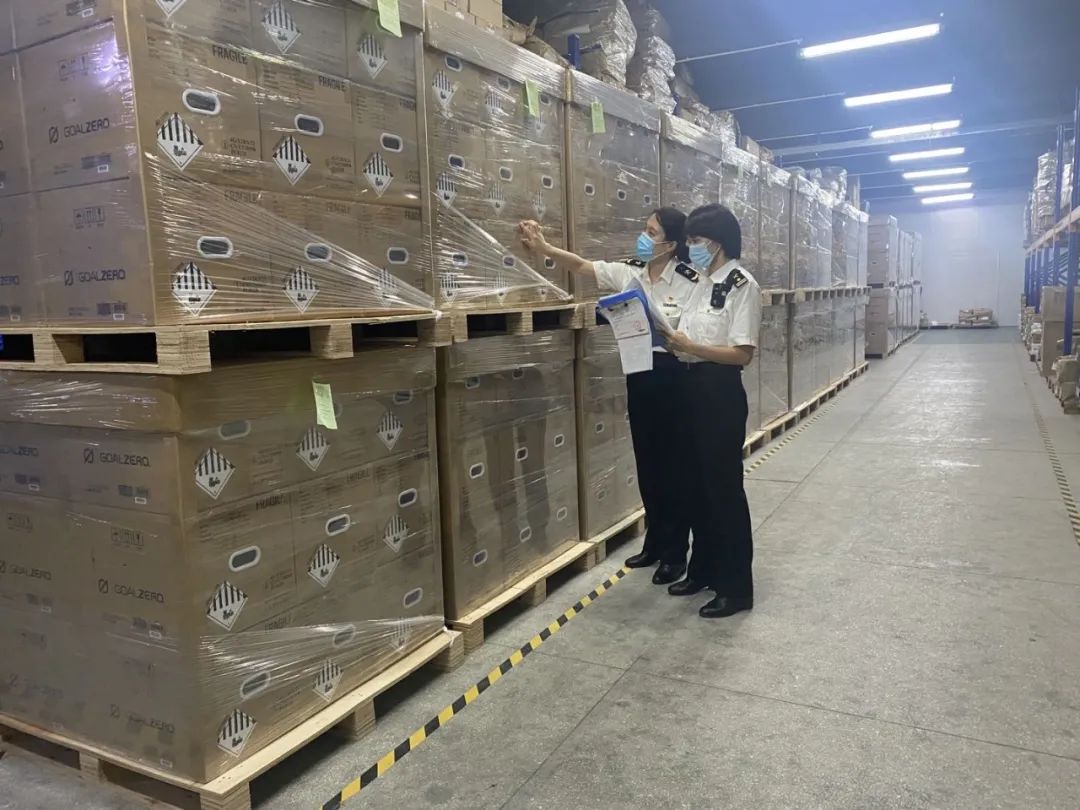
When customs personnel carry out the identification of dangerous packages for use, they will make a qualification determination based on the following content:
a. Whether the packaging container has clear, firm and correct UN packaging markings, batch and dangerous goods marks printed on it.
b. The appearance of the package should be clean, with no residue, contamination or leakage allowed.
c. When fastening wooden boxes and fiberboard boxes with nails, they should be nailed firmly, the nail tips should be turned upside down, and the nail tips and nail caps should not protrude; the box should be intact and the box should be tightly packed with straps. The corrugated carton should be intact, the seal should be flat and firm, and the packing tape should be tight on the box.
d. There should be non-conductive material separated between each battery or battery group, and between the upper and lower layers of stacked batteries to prevent mutual contact.
e. The battery should have a protection device against short circuit.
f. The electrodes of the battery must not support the mass of other stacked batteries.
g. Special provisions for the packaging of lithium batteries or lithium battery packs in international regulations.
If the goods are judged to be qualified or if the enterprise passes the re-inspection after rectification, a "Outbound Dangerous Goods Packaging Usage Appraisal Result" will be issued; if it is judged to be unqualified, export will not be allowed and a "Notification of Unqualified Outbound Goods" will be issued.
The "Outbound Dangerous Goods Packaging Usage Appraisal Result Form" is valid for 3 months for air transport and 1 year for other modes of transportation, but it cannot exceed the validity period of the performance sheet.




















